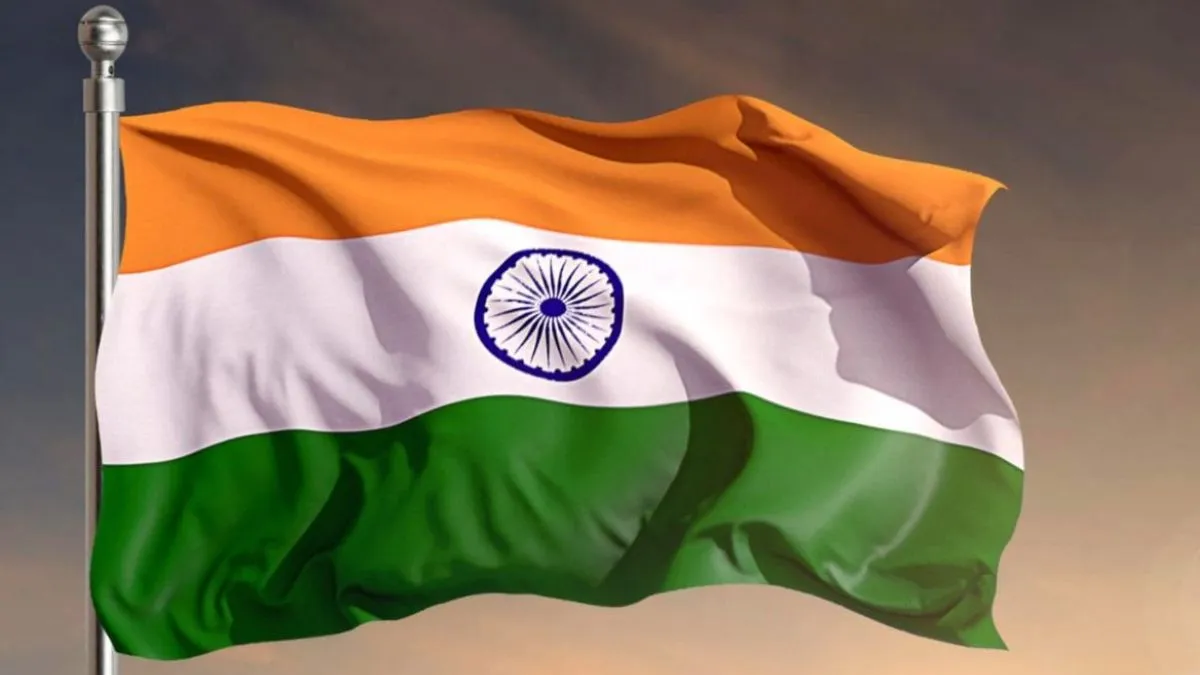- By Anushka Vats
- Tue, 13 Aug 2024 02:30 PM (IST)
- Source:JND
Independence Day 2024: India is all set to celebrate 78th Independence Day on August 15, 2024. The day is celebrated with great enthusiasm across the country, with the event of the national flag unfurling. The flag is unfurled at different places including the educational institutions, societies, government offices, and other places.
Every country has a different flag, and ours is the Tricolour, also called as 'Tiranga'. Our flag has three colours including saffron, white and green, and a 24-spoke wheel in navy blue placed at centre on the white horizontal rectangle. Let's take a look at the historical significance of the flag:
Independence Day 2024: Indian National Flag: History
The Indian national flag was adopted by the Indian Constituent Assembly on July 22, 1947, and on August 15, 1947, it was formally recognised as the Union of India's flag. The word "tricolour" in India always refers to the country's flag.
The Indian National Congress's Swaraj flag, which Mahatma Gandhi adopted after making considerable changes to Pingali Venkayya's suggested design, serves as the primary inspiration for the tricolour. In 1947, Jawaharlal Nehru changed the national flag from charkha to chakra.
The national flag was originally made of Khadi, a unique kind of silk or cloth that was hand-spun and popularised by Mahatma Gandhi. However, flags manufactured by machines or composed of polyester are now permitted following the amendment in 2021.
The new regulations let anyone produce Tricolor from cotton, polyester, wool, silk, or khadi by hand spinning, hand weaving, or using a machine.
Independence Day 2024: Who Can Make The National Flag?
All of the specifications and manufacturing methods for the national flag have been made public by the Bureau of Indian Standards. The Khadi Development and Village Industries Commission owns the manufacturing rights and distributes them to local communities. In India, only four establishments are authorized to produce the national flag.
Independence Day 2024: Evolution Of The National Flag
The Indian national flag has evolved significantly since its inception. The first version, adopted in 1906, featured horizontal stripes of red and yellow, with a green stripe added later. The 1921 version, designed by Pingali Venkayya, introduced a tricolor of red, white, and green with a spinning wheel symbolising self-reliance.
The flag was officially adopted on August 15, 1947, with a few modifications: the current tricolor of deep saffron, white, and green, with the Ashoka Chakra—a 24-spoke navy blue wheel—in the center. This design, symbolizing courage, peace, and prosperity, has remained a powerful emblem of India's unity and diversity.

